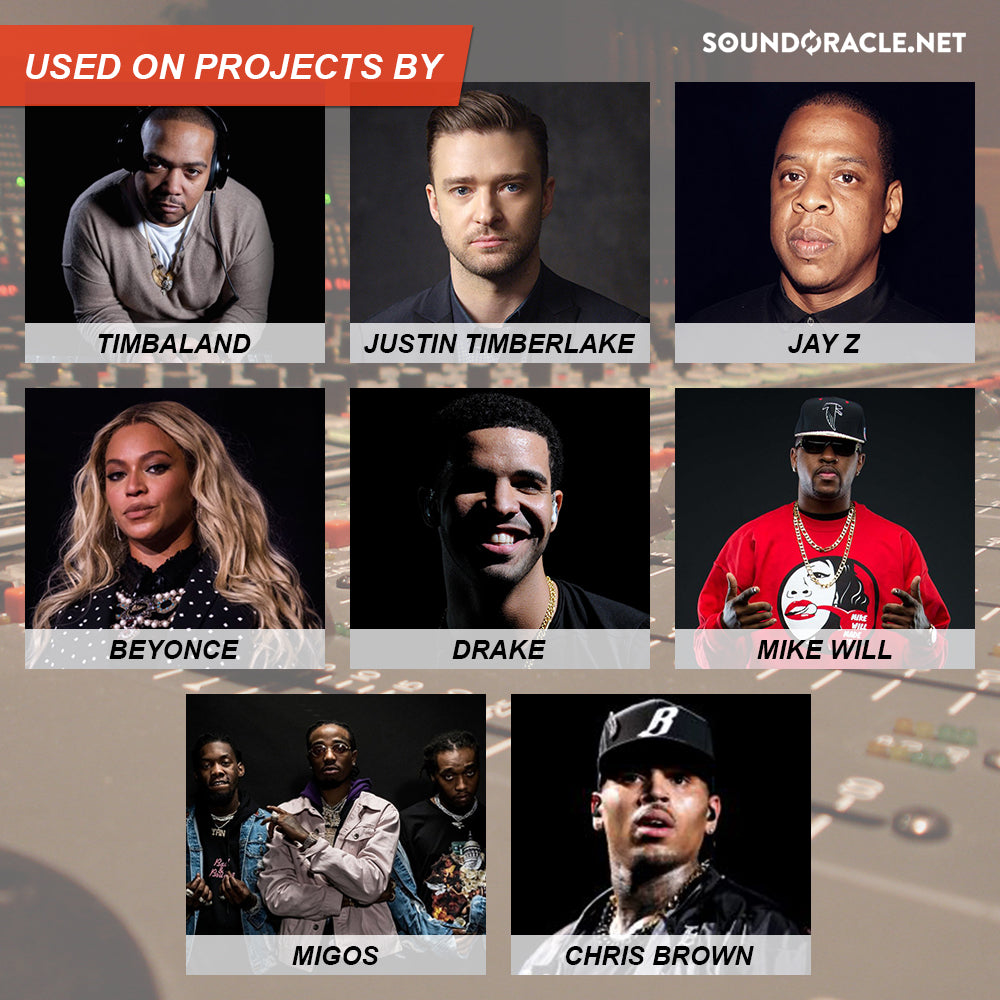

As a musician and composer/beatmaker, I like to compare writing music to painting an Art masterpiece. That being said my palette of colors would be my chord choices in which I will use to paint my story. It is very important to know the story you are trying to tell but even more important is knowing how each particular chord plays a part in that story or painting. Breaking out of the regular monotony of the same old 2 chords can help give your content an extra edge above your competition. In this article specifically, we are going to talk about a specific Music Theory technique I like to call “The Babyface Effect”. And with that I bring to you, How To Add More Harmonic Color To Your Musical Compositions.
So, I will admit that this article will be a little advanced on the music theory side of things. For my sample based producers though, I would hope that this will encourage you to learn more theory, as you will soon see the power in learning and exploiting these tools. You may not get this at first, but save this article, and as your knowledge and understanding grows, this will soon be a secret weapon in your arsenal. In the future, I will also write more articles going a bit more in depth on the basics of music theory.

For those who don’t already know, Kenneth “Babyface” Edmonds was a highly successful Singer, Songwriter, and Record Producer, who had monumental success in the 80’s and 90’s. Some of his more notable hits were Whitney Houston’s, “I’m Your Baby Tonight” and Boys II Men’s, “End of The Road”. For me, what I loved about him as a kid was his ability to take you on a musical and emotional journey simply with his chord choices. One of the most powerful techniques he utilized to invoke these emotions, was changing keys from the original key to the parallel Major or Minor. For example, if I was in the key of A Minor, the parallel key would be A Major and vice versa. He would initiate this switch at the pre-chorus of the song, right before the chorus. The effect is immensely powerful depending on what key you start on and gives you a world of other options to take your listener rather than just staying in the key alone.

So let’s talk a little music theory. To keep things simple, I will explain things in the key of A Minor which is all the white keys on the piano from the note “A” to “A” an octave up. Now if we are in the key of A Minor (More specifically “A” Harmonic Minor) the Dominant 7th chord in this key would be E Dominant 7. This is typically the last chord you play in a chord progression that has the most tension and pull back to the Tonic or home chord, in this case A Minor. However, the parallel Major key, in this case A Major, also has the same Dominant Chord of E Dominant 7. This is where things get a bit interesting. Because both keys, A Minor and A Major share the same Dominant chord, we can use this Dominant chord to pivot between the two keys. When implemented correctly this is pure magic to your listeners. The effect is drastically different as well depending on which key you start on and are primarily in.

Let’s get into some examples! Say I’m starting in the key of A Minor and my chord progression is A Minor 7th, D Minor 7th, A Minor 7th, D Minor 7th, E Dominant 7. The start of this mostly minor chord progression invokes a sad feel when heard by your listeners. Once the progression or phrase is repeated it furthermore has established to your listeners that this song is indeed sad. Now after the second passing of the chord progression, when the E Dominant 7 chord is played, instead of returning to the Tonic of A Minor 7th use instead A Major 7th. Now play A Major 7th, D Minor 7th, A Major 7th, D Minor 7th, E Dominant 7. The impact to your listeners is powerful. It creates the illusion that there is hope and the sun has parted from the cloudy skies, shedding some brightness to your mostly sad progression before. After one passage or however many seems efficient depending on your arrangement, simply switch back to the original chord progression in A Minor after playing to E Dominant to toggle between the two keys. A great example of this is in the song “I’m Your Baby Tonight” by Whitney Houston, Produced by Babyface. You’ll notice the song starts out serious and stern until :38 seconds in, when the harmonic switch occurs. Babyface switches to the parallel Major temporarily, making the listener feel like hope and happiness is on the way before hitting the Dominant chord and switching back to the parallel minor for the chorus.
The opposite is just as powerful but has a whole different feel. If we start with a chord progression, starting in the key of A Major then use the E Dominant 7 chord to pivot into the parallel minor of A Minor, it has a whole different vibe. Your listeners will feel the illusion of happiness and excitement from the Major key but then when the switch occurs, it invokes the emotion of seriousness and sternness for a brief moment in time.
This is an incredible songwriting tool utilized by the greats and will absolutely help to give your own musical compositions more harmonic color and variety. Especially, in an era where this type of harmonic chord choice is so scarce, this will help you stand out above the crowd.
Written for SoundOracle.net by Mitchell "The Innovator" Tillotson, Producer
....Guest blogger...
Mitchell “The Innovator” Tillotson is a Music Producer, Musician, Songwriter, and Sound Designer hailing from the greater Baltimore area. Growing up as a Military Brat in the early 90’s and 2000’s and listening to producers like Teddy Riley, Rodney Jerkins, The Neptunes, and Timbaland, he fell in love with music at an early age. The recent Fullsail Music Production Grad and Navy Veteran grew up deejaying the local scenes in the Baltimore/DC areas and is now starting to take the music world by storm. Follow @iamtheinnovator on Twitter.
MORE ARTICLES BY MITCHELL “THE INNOVATOR” TILLOTSON:
- 7 Tips For Creating Better Musical Arrangements
- 7 Ways To Dramatically Increase Your Music Production Workflow
- 7 Ways To Get More Of Your Audio Loops
- 11 Ways To Improve Your Mixes Instantly
- Top 10 MIDI Keyboard Controllers 2017
- Classic Songs Created With The Iconic Roland TR – 909
- Classic Songs Created With The Iconic Roland TR – 808
- How To Sample The World Like A Pro
- World's Best Computers For Music Production 2017
- Been Trappin 2 - Your go-to for Radio/Club Trap Sounds
- The Voice is the most important instrument - Vocal Loops, Articul8
- The Ultimate Oracle Total Bundle Now Includes Aticulate8 (With Stems) + Cassette Drums





Thank you!!!